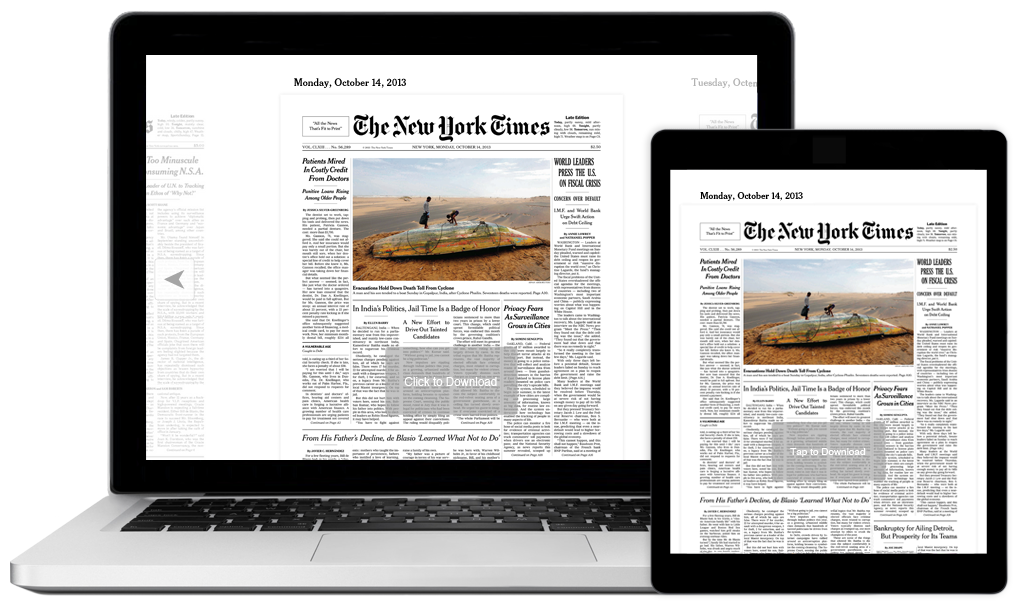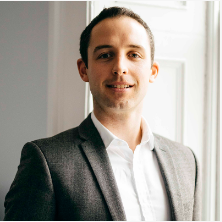By
PADDY O’DEA
2017 was a particularly difficult year for advertisers. Google and Facebook’s inability to keep big-brand advertising off offensive or extremist websites caused many a sleepless night for advertising execs. Some global brands were even accused of inadvertently funding terrorism and pornography.
The rise of ad-blockers, too, posed a challenge. Irish and international brands invest millions of euros in elaborate advertising campaigns on a yearly basis—but because of ad-blocking software, as many as 39% of Irish internet users (and rising) simply won’t see them. Last year ad-blocker usage rose faster in Ireland than almost every other country in the world.
The credibility of earned media coverage
Suspicious of the future of online advertising, many of the world’s more progressive brands have prioritised credibility and transparency as their key pillars for 2018.

Third-party validation from reputable media titles is one way of achieving this. Brands are increasingly enlisting the help of PR agencies to develop brand narratives that generate organic media cut-through and resonate with audiences. Unlike traditional advertising, PR professionals work backwards from delivery to concept. Our starting point is identifying what ‘stories’ will draw eyes in a busy newsroom and on a frenetic social media timeline.
As part of this ‘new world order’, clients are approaching PR agencies with increasingly complex communication briefs—briefs that may have traditionally sat within the realm of advertising.
‘How can we make traditional media and emerging media work in tandem to deliver increased brand credibility and trust?’
For this to work, a PR company needs to get under the bonnet of an organisation and work with its leadership team to identify and nurture news angles that will engage even the most cynical of journalists. This process demands trust, nuance and creativity.
Engaging with traditional trusted media via ‘non-traditional’ platforms
Building on that theme of trust, for traditional media titles, their most valuable asset is their good name and the historical trust that they have nurtured among generations of readers.

Admittedly, newspaper circulation figures are shrinking and revenues are suffering. However, traditional audience figures are in fact growing. The New York Times has seen paid subscriptions grow to 3.5 million and now has more than 130 million monthly readers, more than double its audience of just two years ago. In Q4 last year, the Financial Times surpassed 900,000 paid readers for the first time in its history. One in two Irish adults claim to read newspapers on a regular basis and 83% still listen to the radio daily (2016).
For whatever reason—a new trend, a cultural shift, a response to ‘fake news’— readers are gravitating back to media titles they know and trust. This doesn’t mean consumers are going to reverse a ten-year trend and start buying newspapers again. Instead, audiences are consuming traditional media titles via ‘non-traditional’ platforms.
The more strategic brands see the added value in this and are working with PR agencies with the know-how and relationships to work fluidly across traditional and emerging digital and social platforms.
While speculation on the ‘downfall of online advertising’ may be misplaced, credibility and trust are the pillars from which all new brand strategies will stem in 2018. Earned media coverage, achieved through compelling storytelling, is the most effective way to deliver these objectives.
PADDY O’DEA
Paddy is a Client Director at PR360. He helps clients create engaging corporate stories, cut through the noise, and advance their business objectives. He is most happy when buried under a pile of newsprint.

